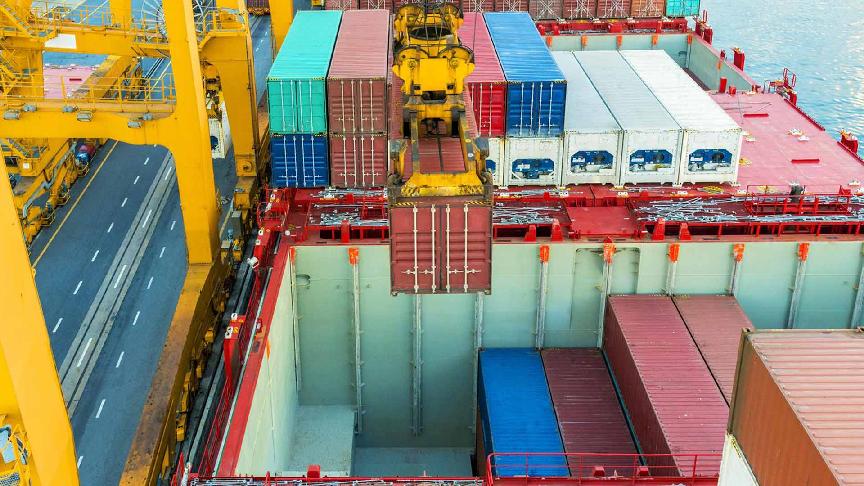21 October 2024 (Lloyd's List) - UNEVEN boxship scheduling will pressure ports as more ships sail on the same services in the same weeks, according to analysts at Sea-Intelligence.
The consultancy said this ‘bunching’ of ships has gotten as bad on Asia-Europe services as it was during the Covid pandemic, with so sign of easing soon.
“All else equal, higher vessel bunching creates a larger pressure on ports and terminals,” Sea-Intelligence said.
Capacity shipped on a given service might be the same over two weeks. But if two ships sail in one week and no ships sail the next, terminals suffer.
“They face an extraordinarily high workload in one week and no pressure in the second week,” the company said.
This clearly increased the risk of port congestion, resulting in ripple effects on truck, rail and barge capacity.
Bunching could happen because of sliding vessel schedules, causing two ships in the same week on the same service.
Ships could be bunched if a carrier lacked a big enough boxship and had to use two smaller ships instead, or if a carrier inserted an extra-loader on a specific named service.
Sea-Intelligence counted each time a service had more than one vessel departing the same week from January 2012 to October 2024.
It found bunching on Asia-northern Europe trades spiked during the pandemic, normalised toward the end of 2023 then spiked again because of the Red Sea crisis.
The spike was similar on the Asia-Mediterranean trade, but bunching instead stayed high there.
Bunching was substantially higher on the Asia-US west coast trade than in Europe, but the Red Sea-driven increase was smaller, and the general level higher before Covid too.
It was worse for ships going from Asia to the US east coast.
“We did not see a reversal to normality in 2023, and late in 2024 we see a spike almost returning vessel bunching back to pandemic levels,” Sea-Intelligence said.







